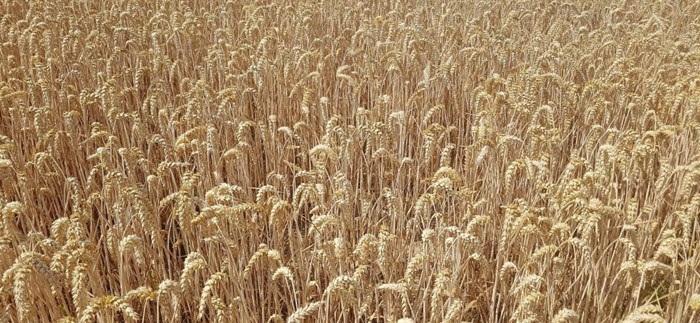- 06 April 2021

Estimates suggest better crop prospects for new season
Tightening global supplies has allowed values to remain supported over the last two months. However, new crop prospects are weighing in on values.
Expectations in the run up to the latest USDA Supply & Demand report anticipated sizeable cuts for US corn and beans. However, the estimates reported did not measure up to the pre report estimates.
In this month’s report, Global wheat production for 2020/21 was increased over 3Mt from last month’s report to 776.78Mt, largely due to increases to Australian wheat production.
Exports from the US, EU and Russia were left unchanged but, at the time of the release, expensive corn values meant the USDA increased wheat import feed demand for China. Total global wheat demand was raised 6.57Mt to 775.9Mt.
Supply and demand for corn in the US and world were left largely unchanged. It was much the same with beans, with marginal changes made to world production and Chinese imports maintained at 100Mt.

In recent weeks, market values have relaxed. Crop developments in the Northern Hemisphere and current estimates are pointing towards better crop prospects for the new season.
Weekly US crop ratings have seen continual improvements in the key winter wheat producing states. Ratings in Kansas and Oklahoma for wheat crops rated good to excellent have seen steady improvements.
In addition, recent estimates for 2021 Russian wheat have increased, estimating new season wheat to be in the region of 79Mt.
Prospects for European wheat are showing more promise than this time last year, with the latest estimate from Strategie Grains placing EU-28 wheat production at 144.65Mt, some 15Mt higher than last year.
Overall, production levels for next year are expected to rebound. The International Grains Council have forecast corn production for 2021/22 at 1.193Bt, and wheat at 790Mt and both estimates, if realised, would be up from previous years.

Old crop wheat has not been immune to the pressure of new crop supplies.
Physical trading of wheat globally has slowed, which in turn saw Strategie Grains lower their export forecast of EU wheat for the season down 900Kt to 25.2Mt.
In recent months, with elevated corn values, demand for wheat has increased and left the trade concerned that exports from the US and EU were running at an unsustainable level. Other factors demonstrating a favourable switch back to corn is shown in the latest Chinese state auction, where 26% of offered reserves were sold. Weeks ago, this percentage was much higher.
It is becoming clear the prolonged bullish period is now fading away and a healthier new crop picture will run a bearish sentiment over the market going forward.
In the UK, current estimates for 2021 wheat are sitting around 15Mt. The 2021/22 balance sheet for wheat is expected to again be tight, with the re-introduction of E-10. With increased animal feed demand, there is expected to be plenty appetite for domestic supply, which should help keep delivered premiums supported.

Last week, the USDA released their quarterly US Stocks and annual Prospective planting report which certainly added fuel to a market which was expecting large planted acres and this did not deliver.
Pre report estimates expected large planted acres for corn and soy, following on from several months of supported values.
However, for corn, prospective acres were estimated at 91.1M acres, below trade estimates 93.2M acres. In Soy, the USDA forecasted 87.6M acres planted, below estimates of 90M acres.
Wheat acreage actually came in above market expectations, although support from corn and soy have lifted wheat prices.
In addition to this, quarterly stocks were in line with where the market had expected but this did further highlight how tight supply will be to the end of the season.
Whilst we have seen values regain some of the losses in the past few weeks after last week’s report, it is important to be mindful of the outlook ahead.
Northern Hemisphere crops are looking good and the market will continue to trade weather. Last week’s report is giving growers the opportunity to lock in at some higher values in the short-term, but it is likely we will see prices drift lower in weeks to come.

